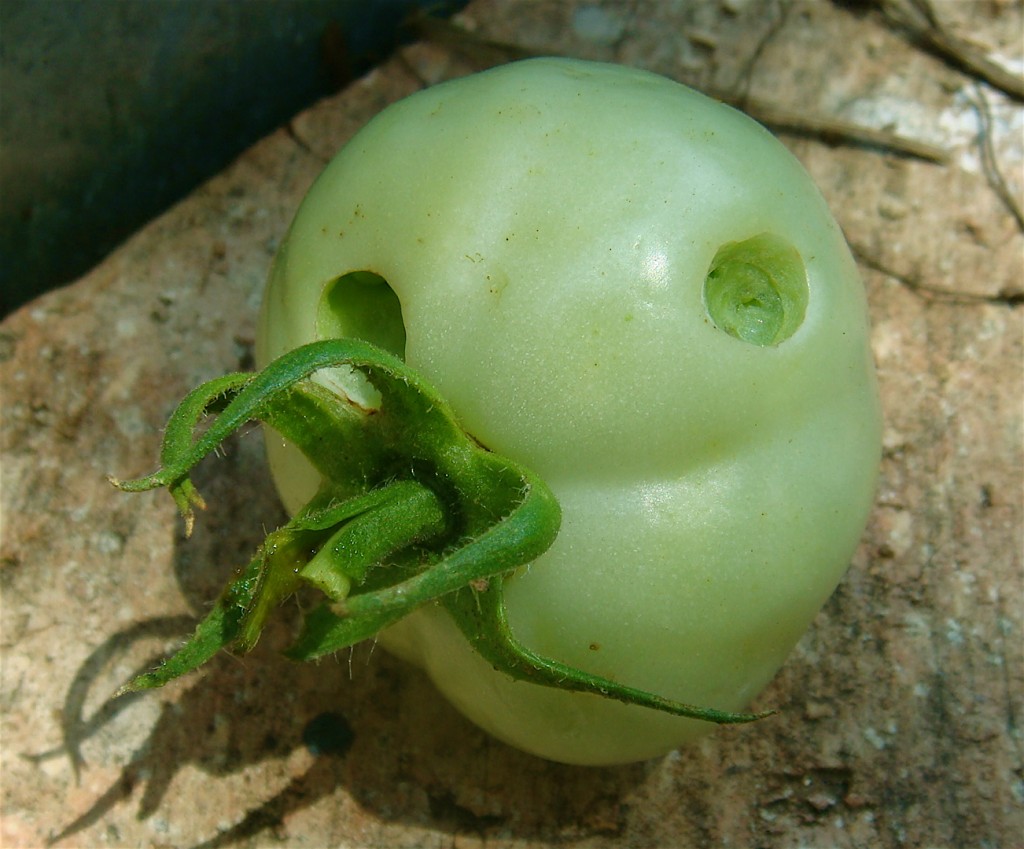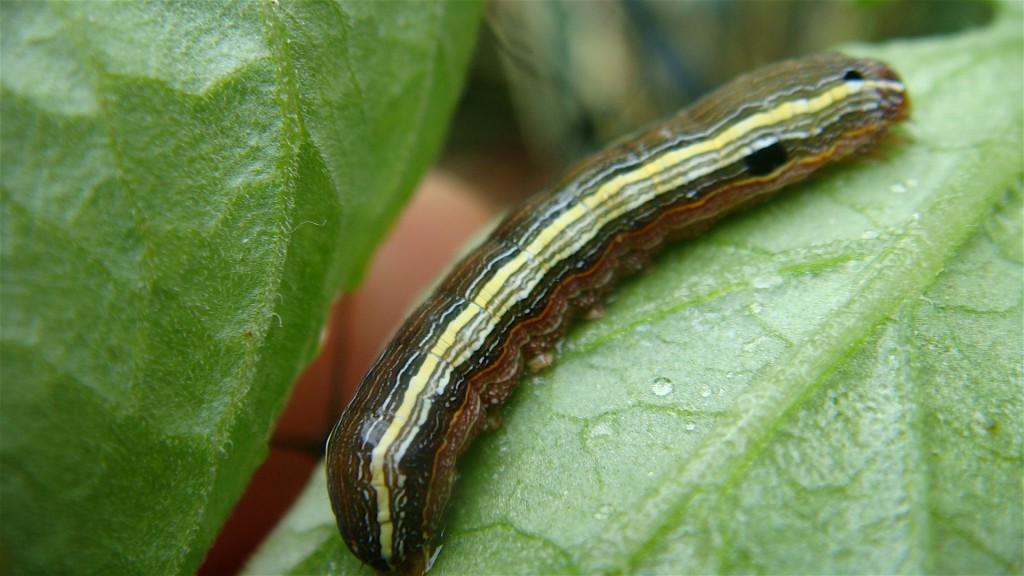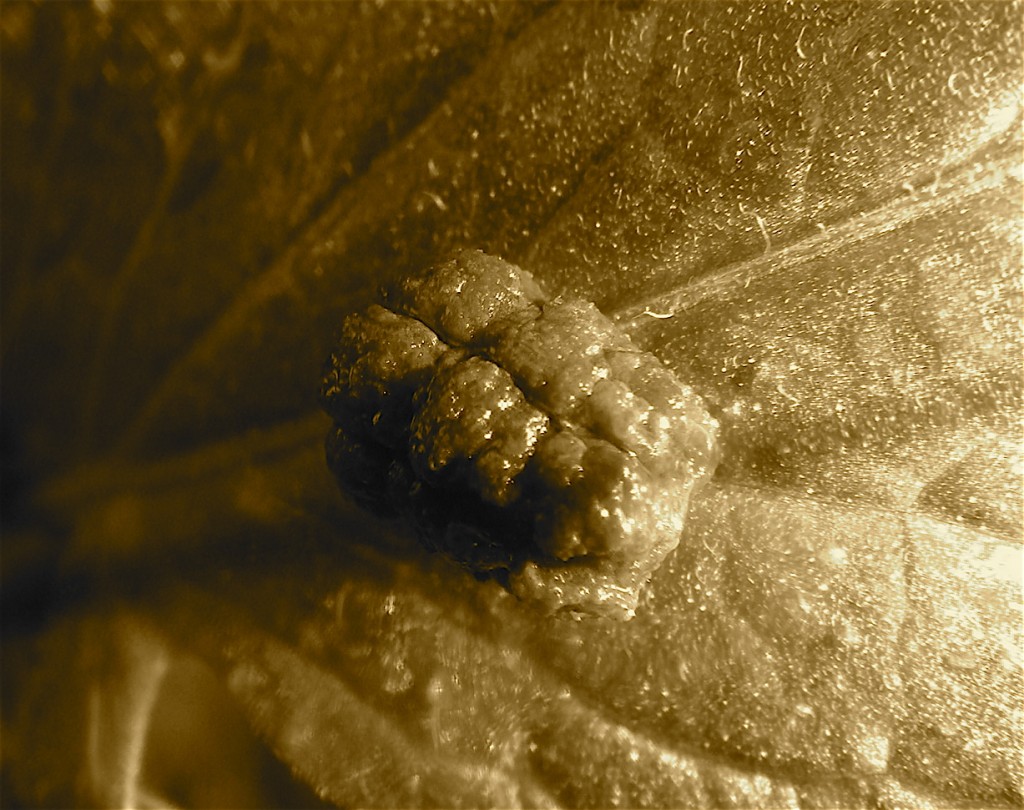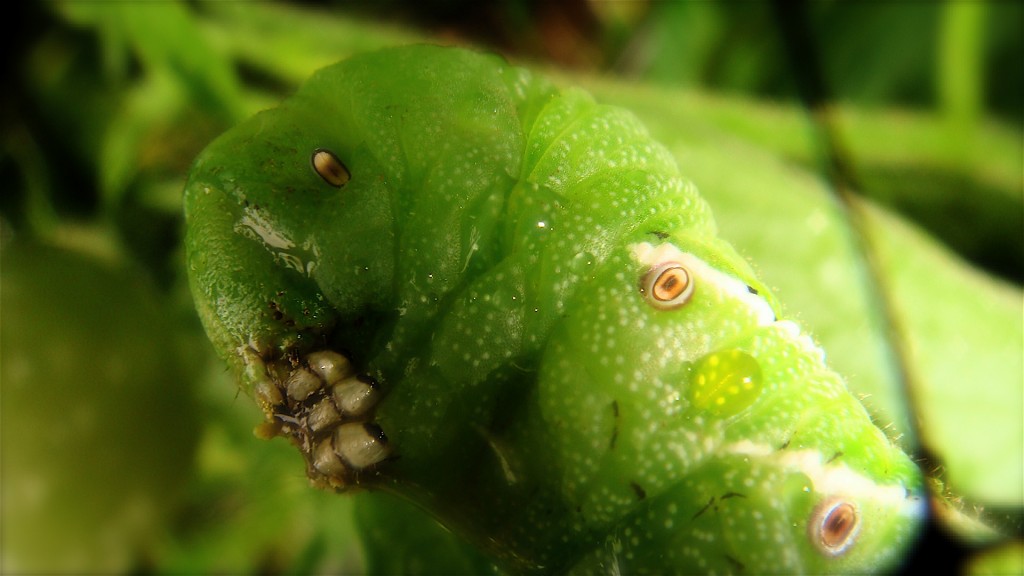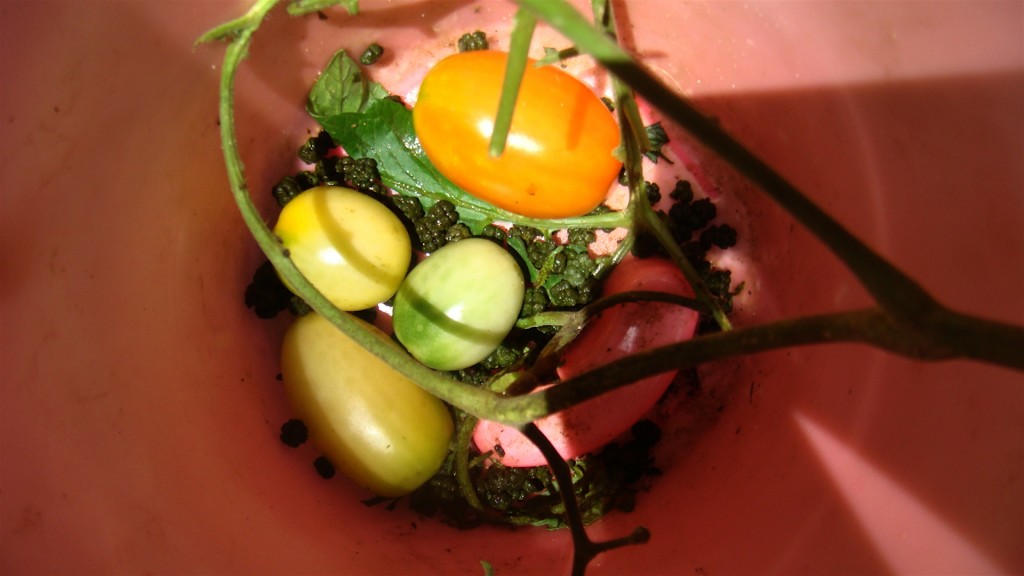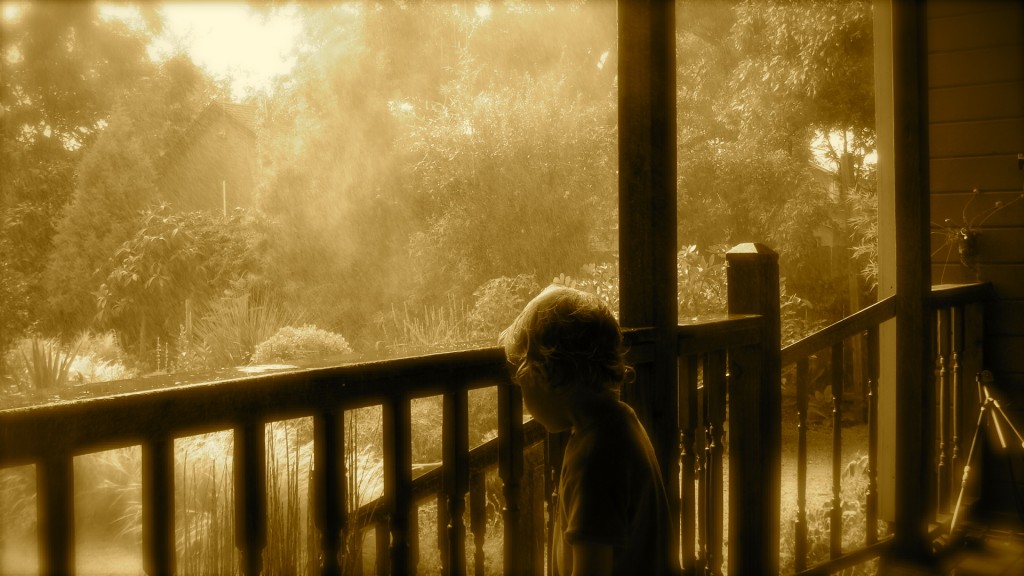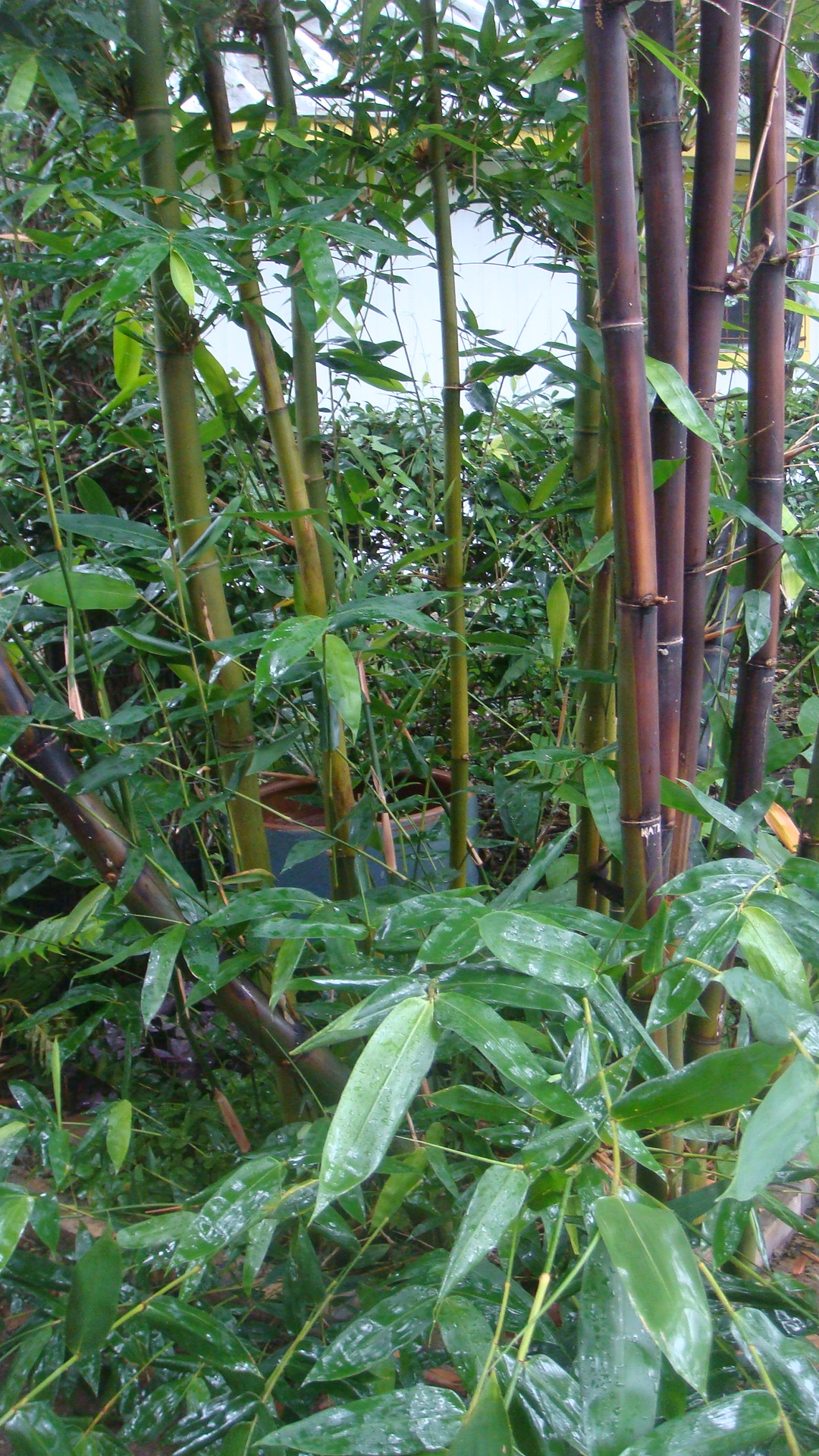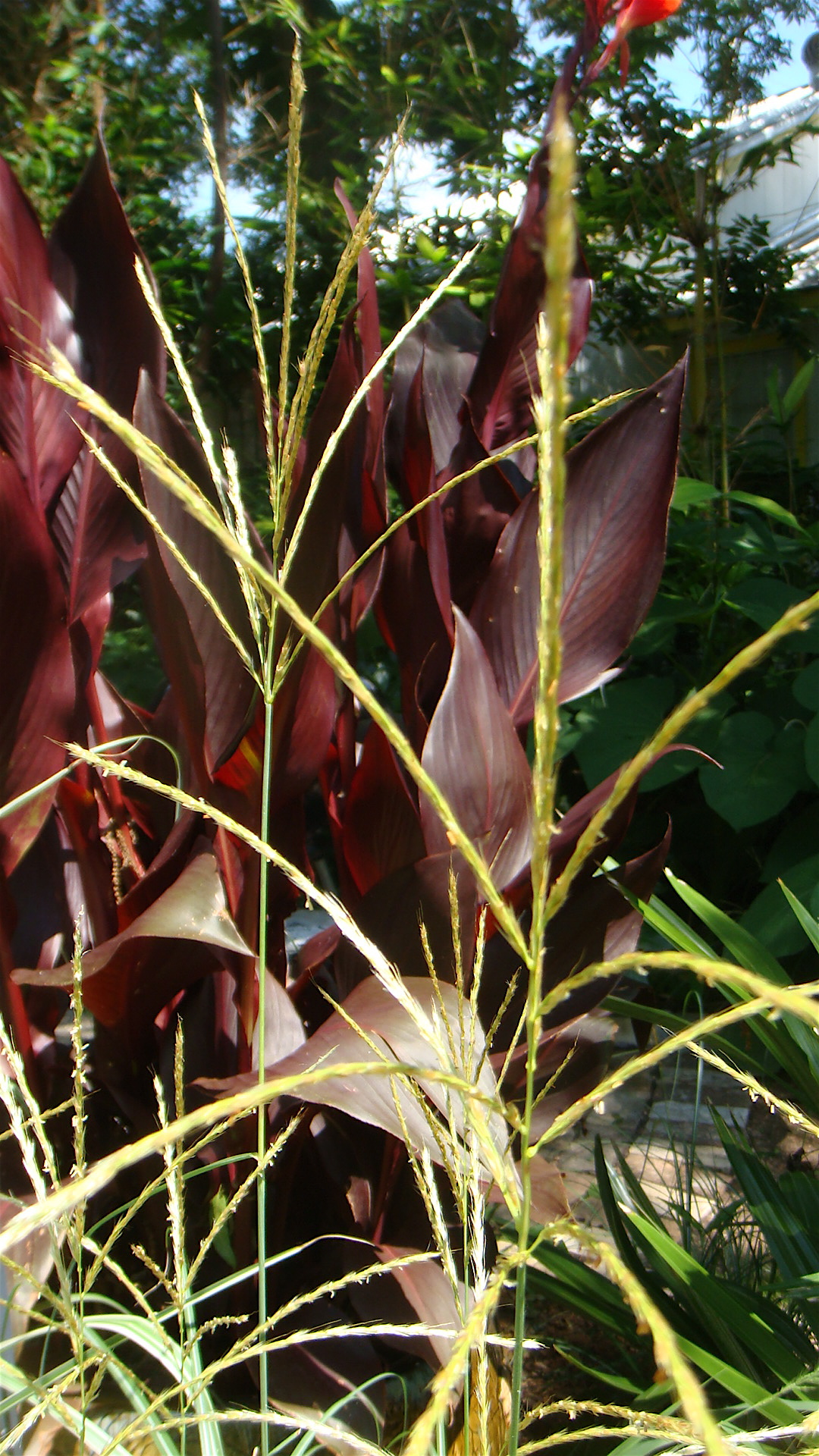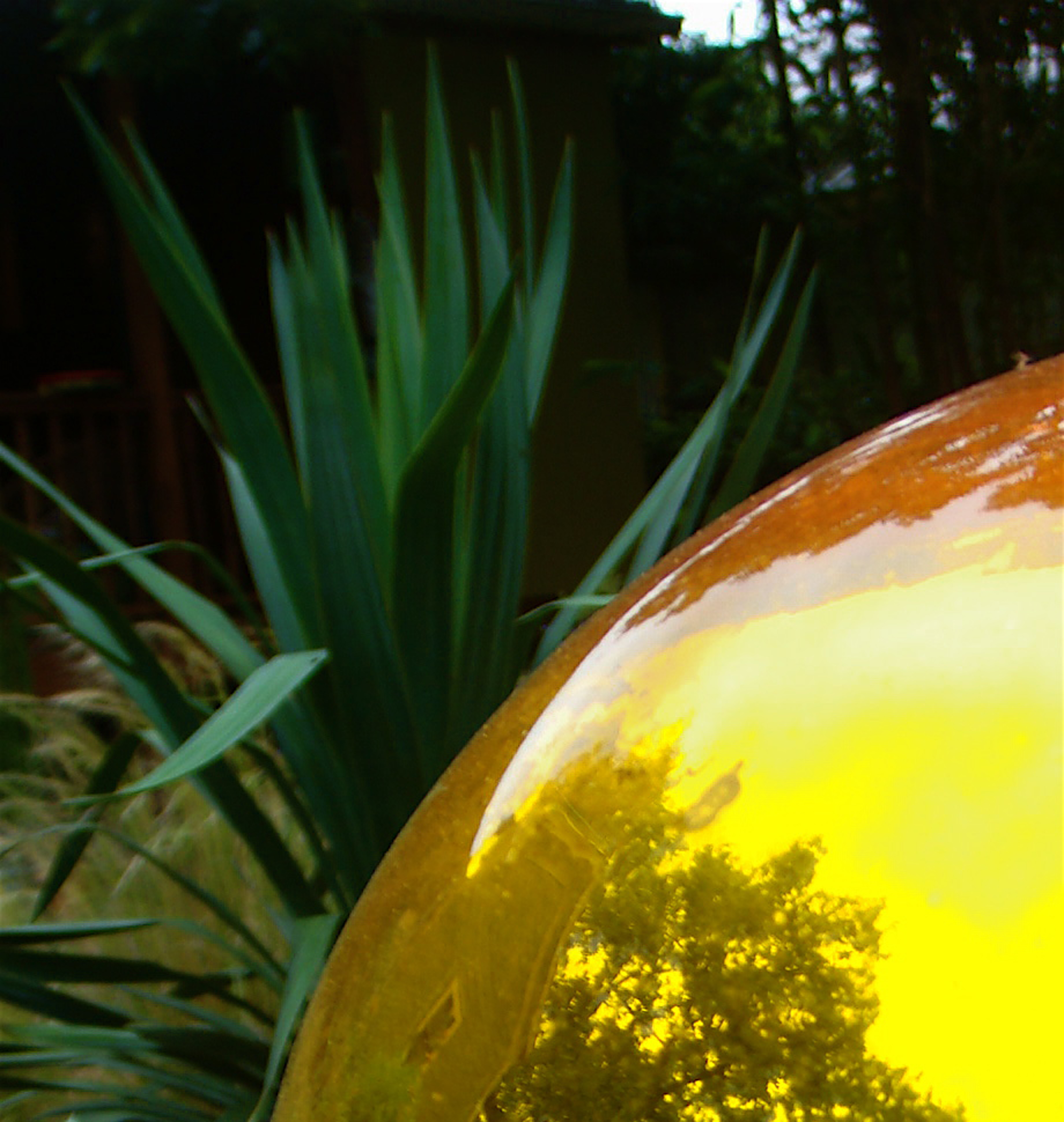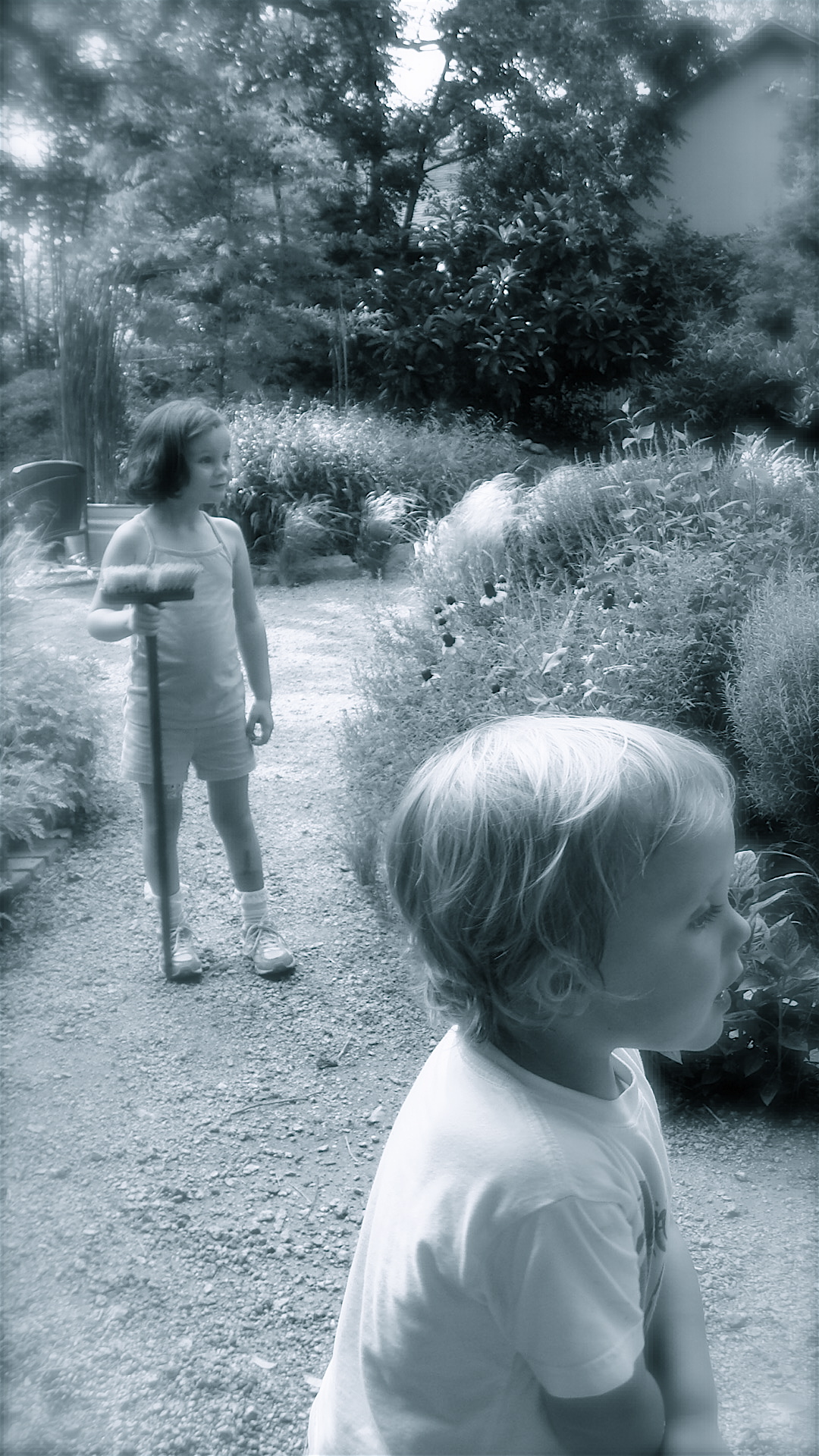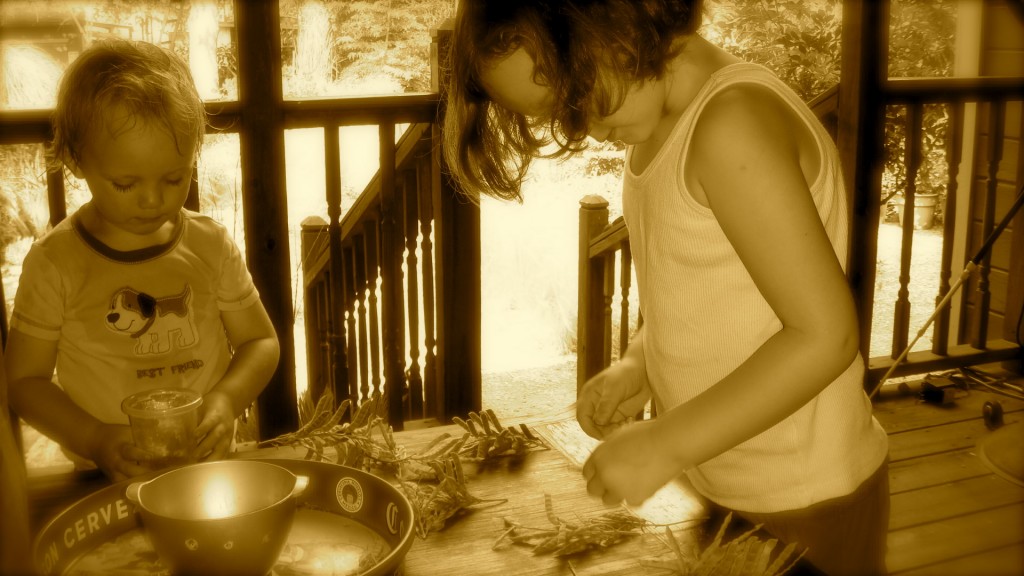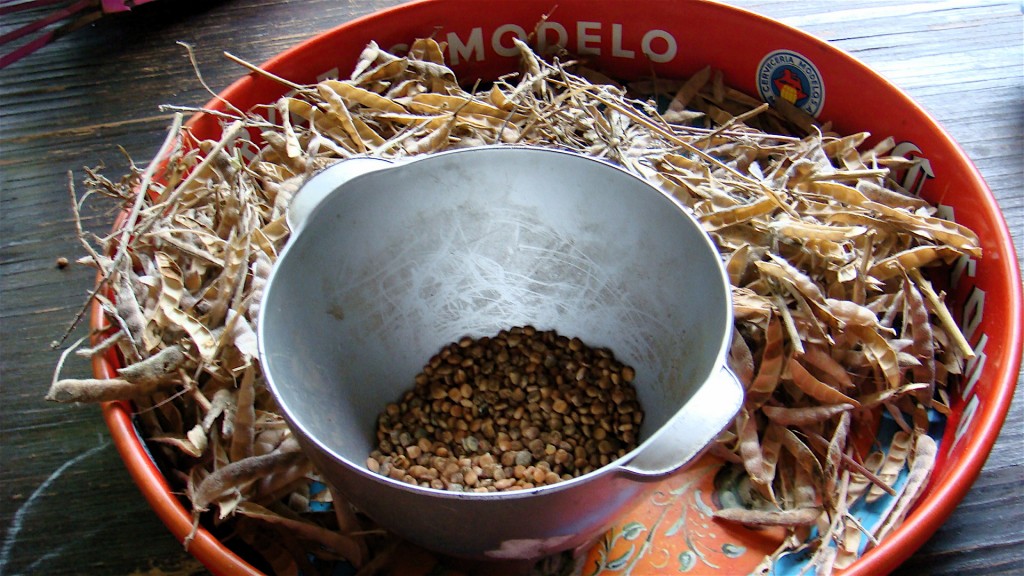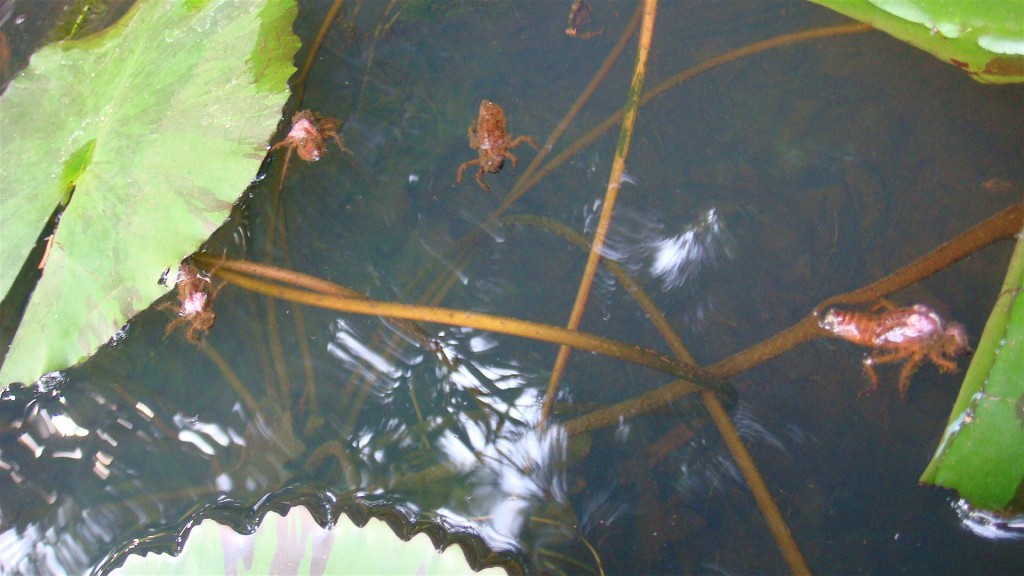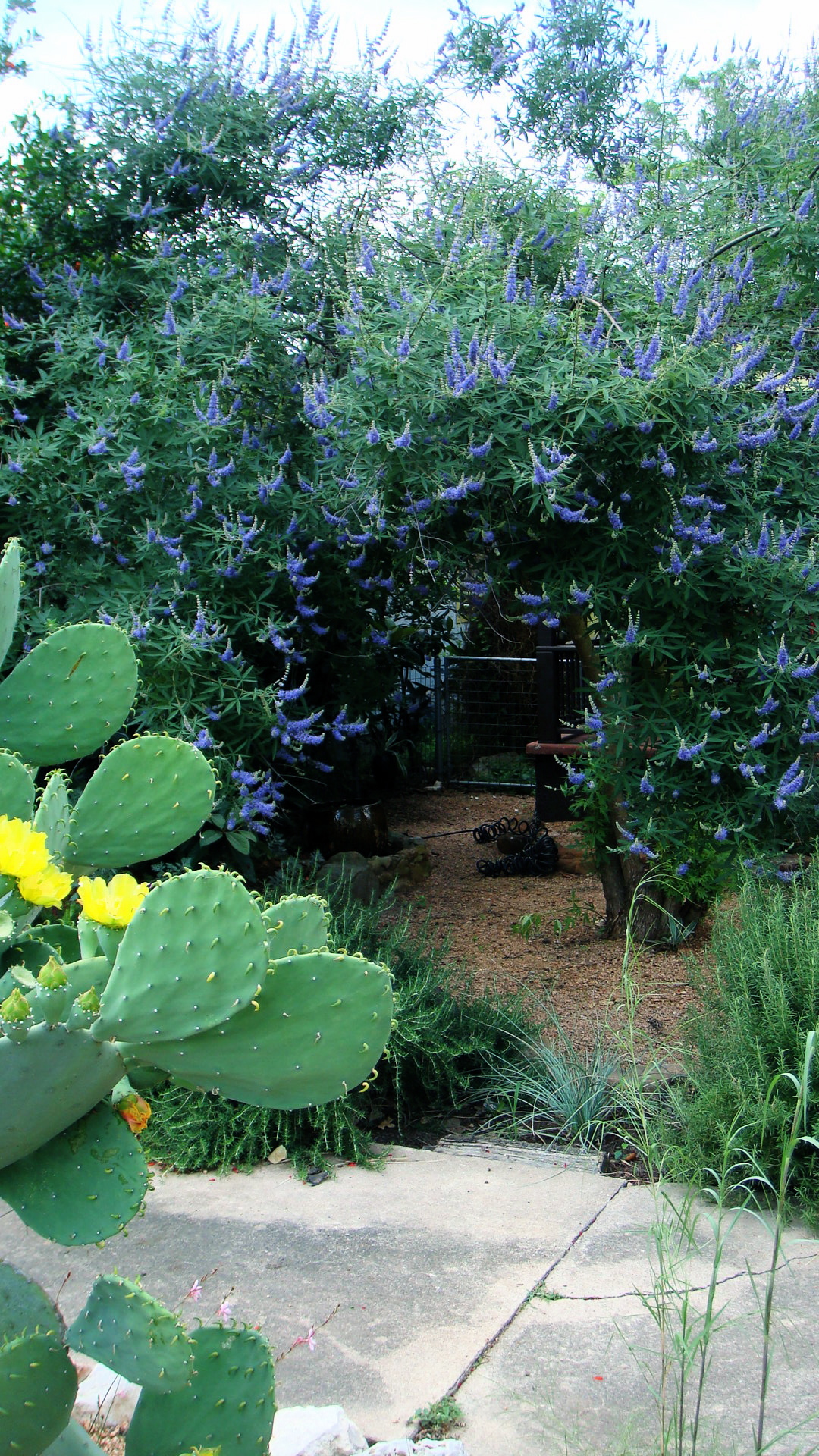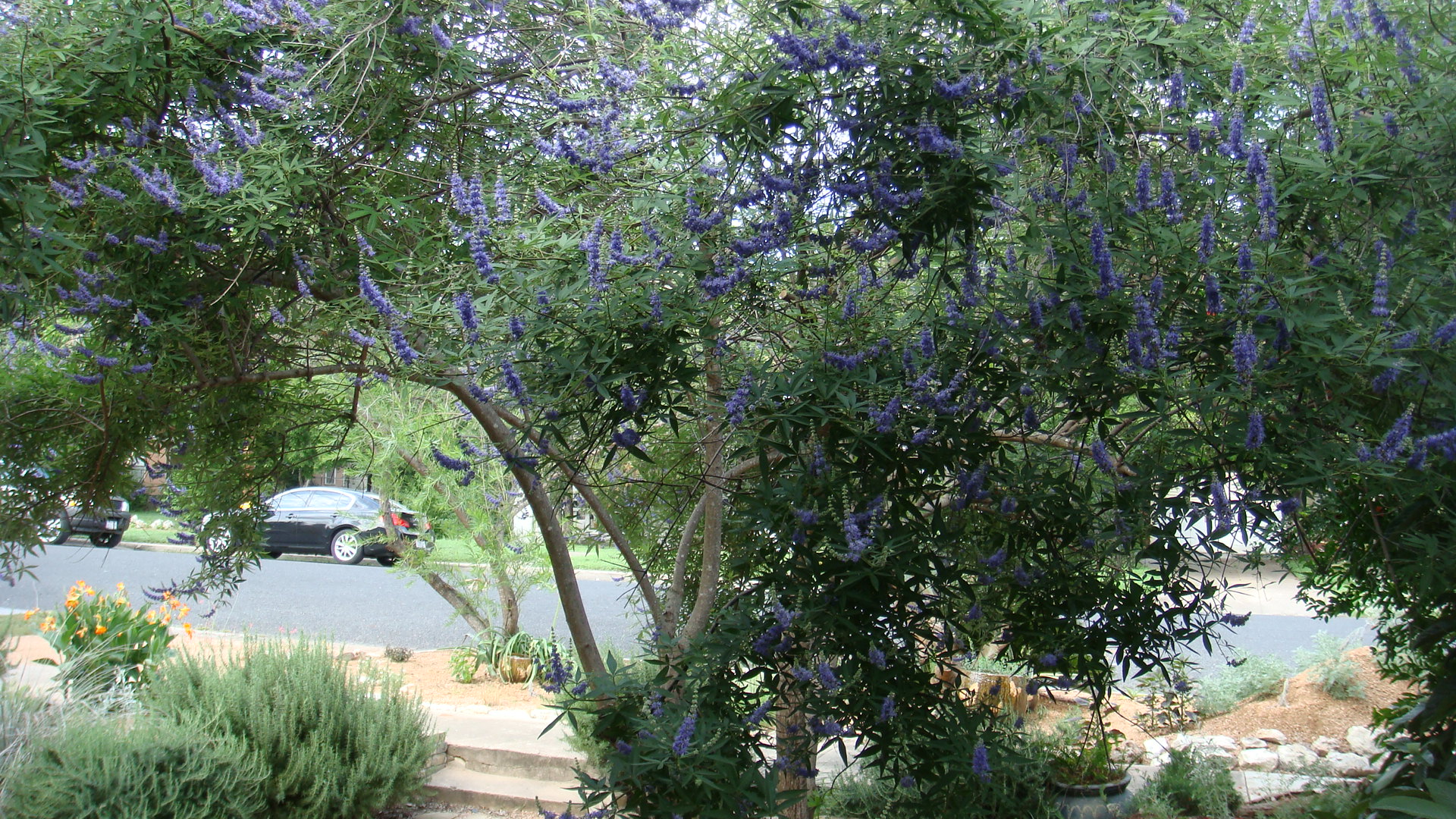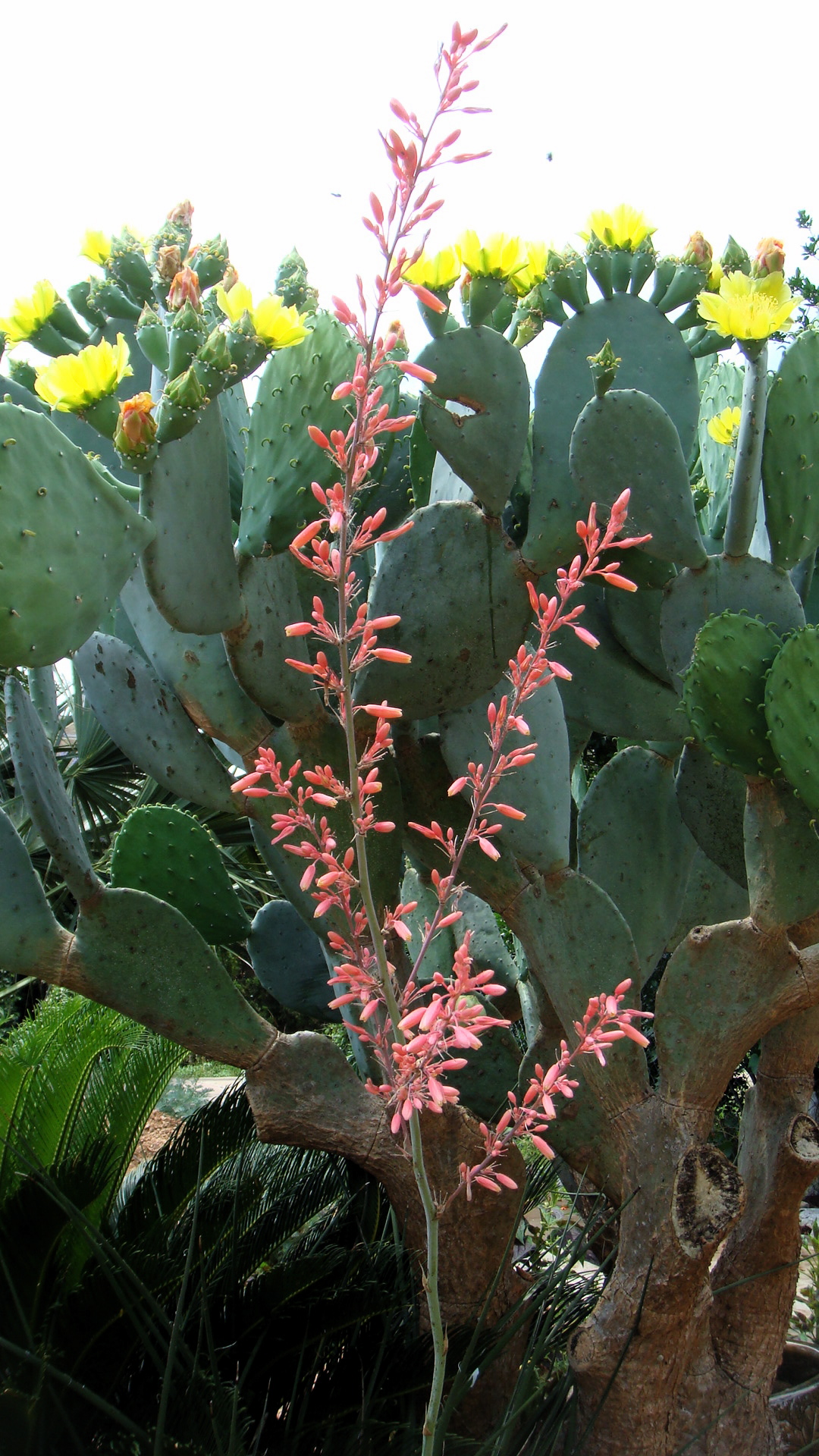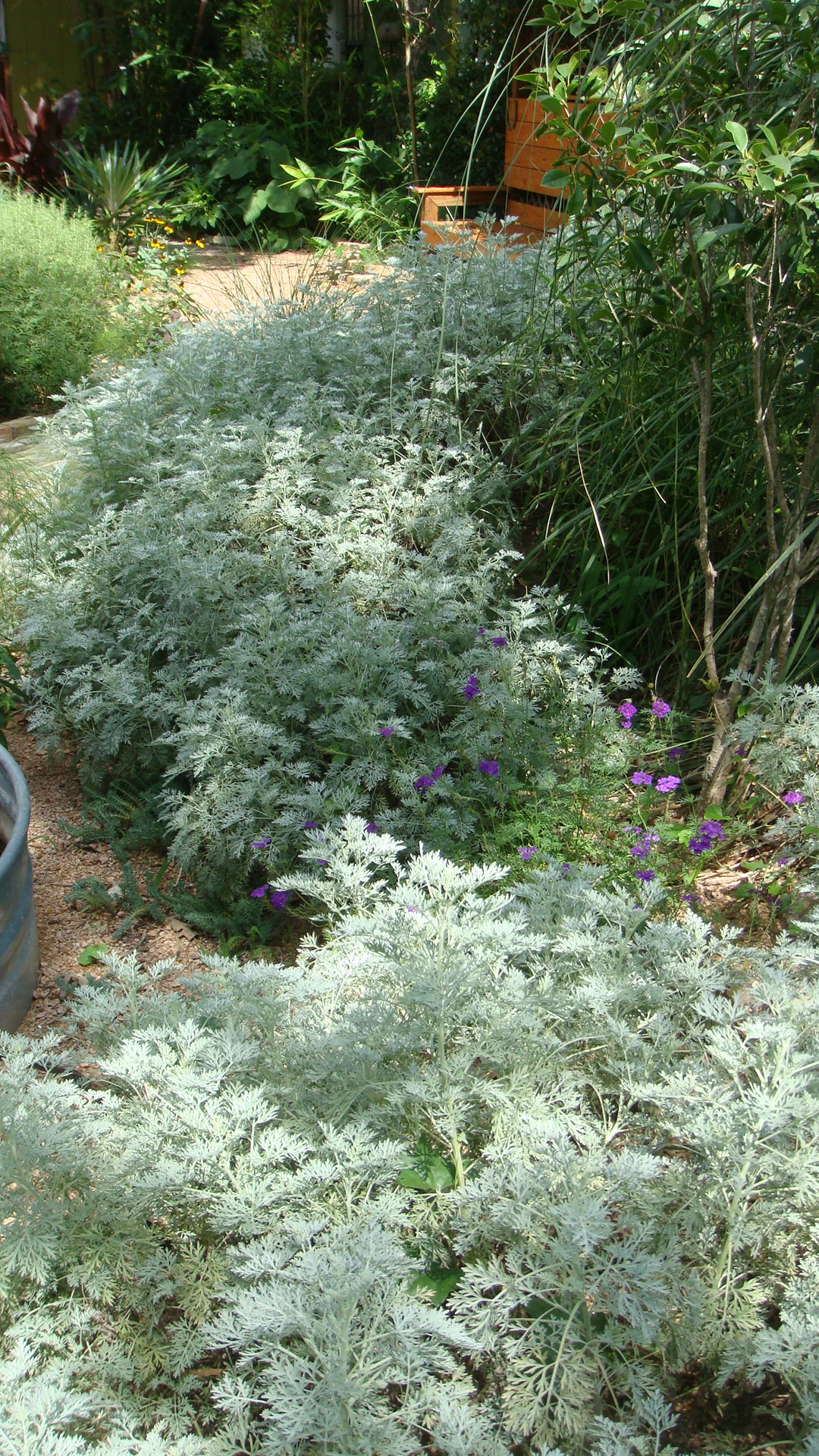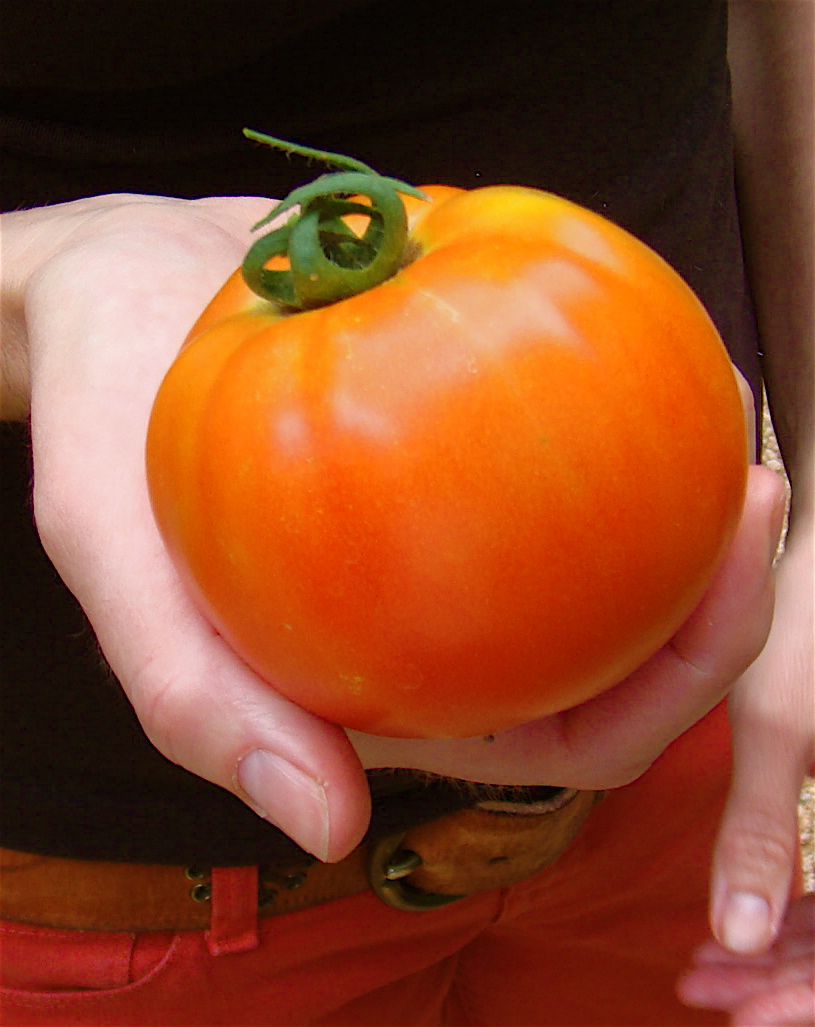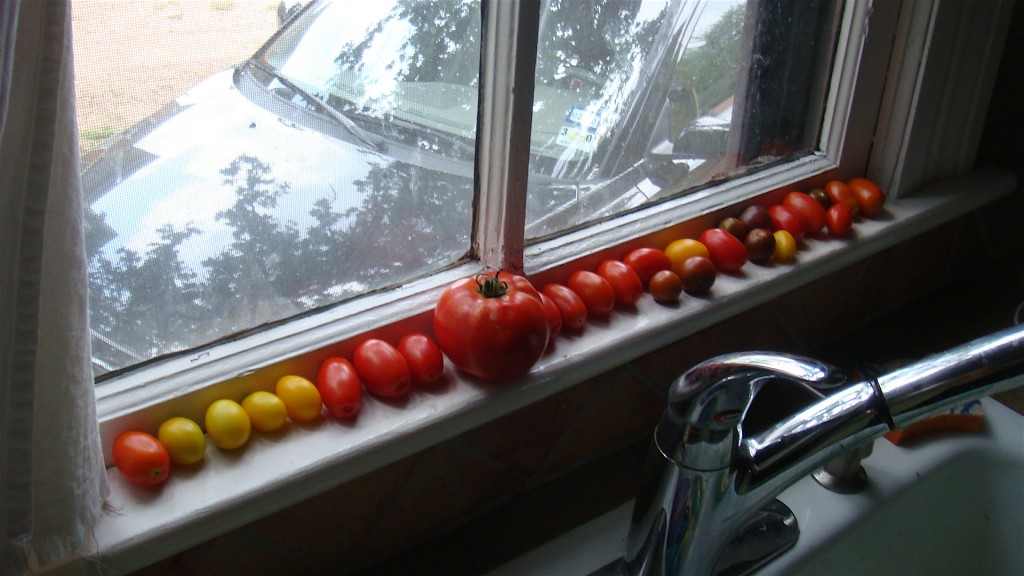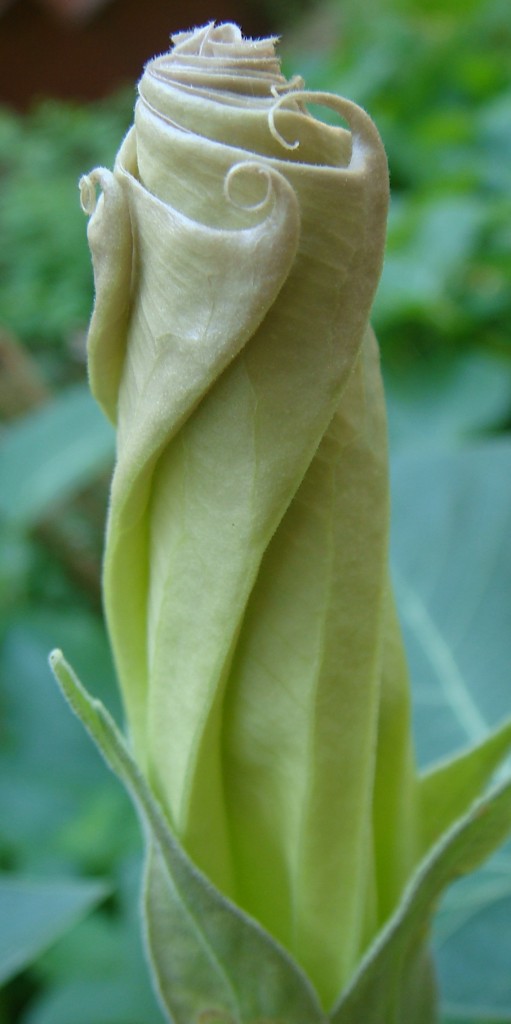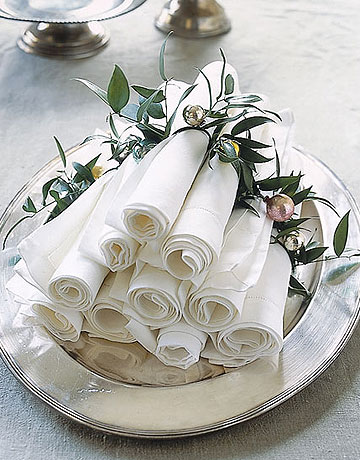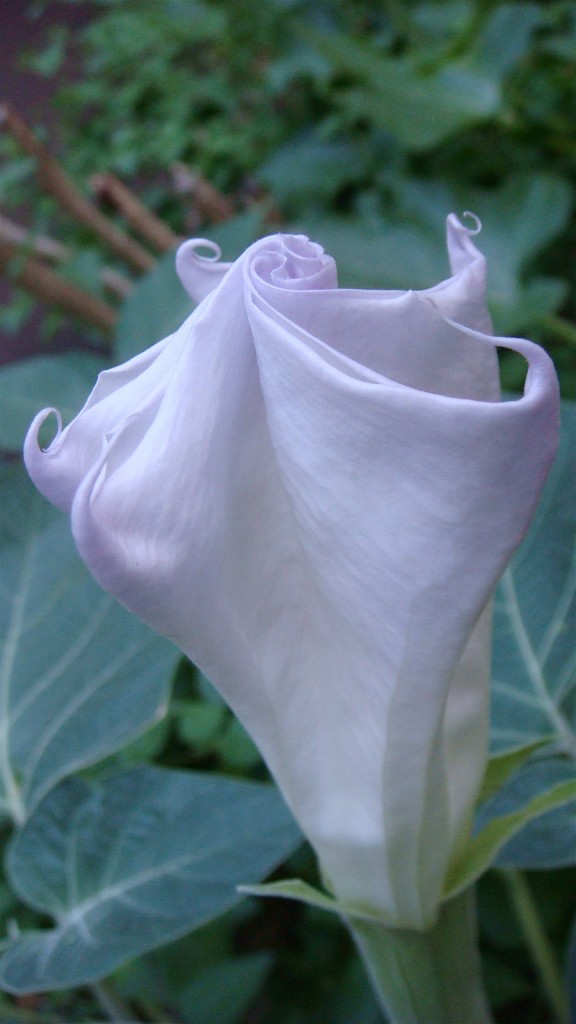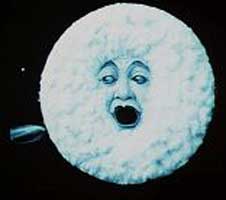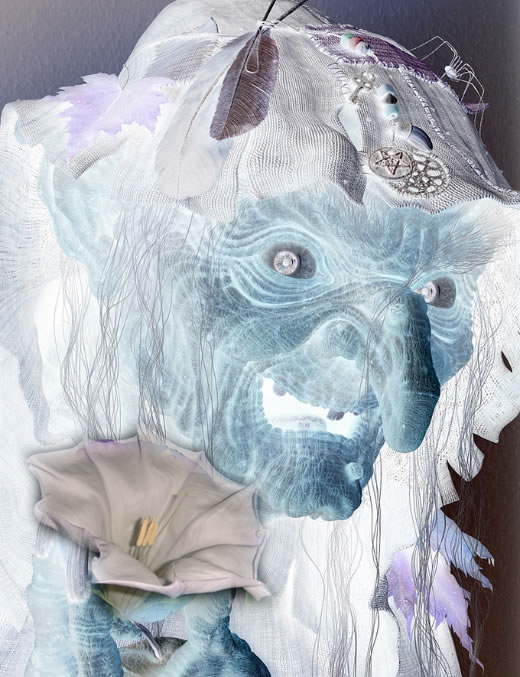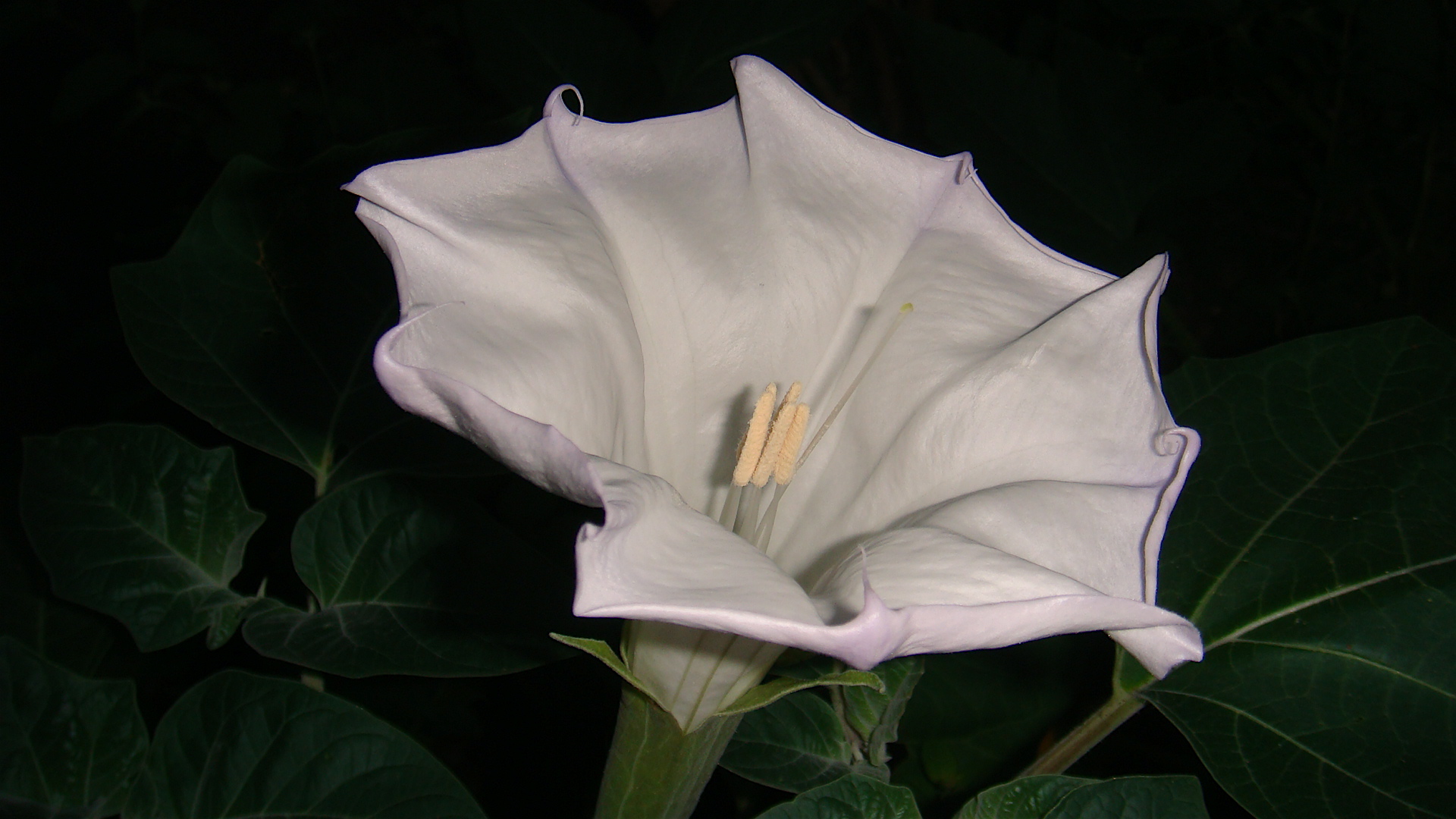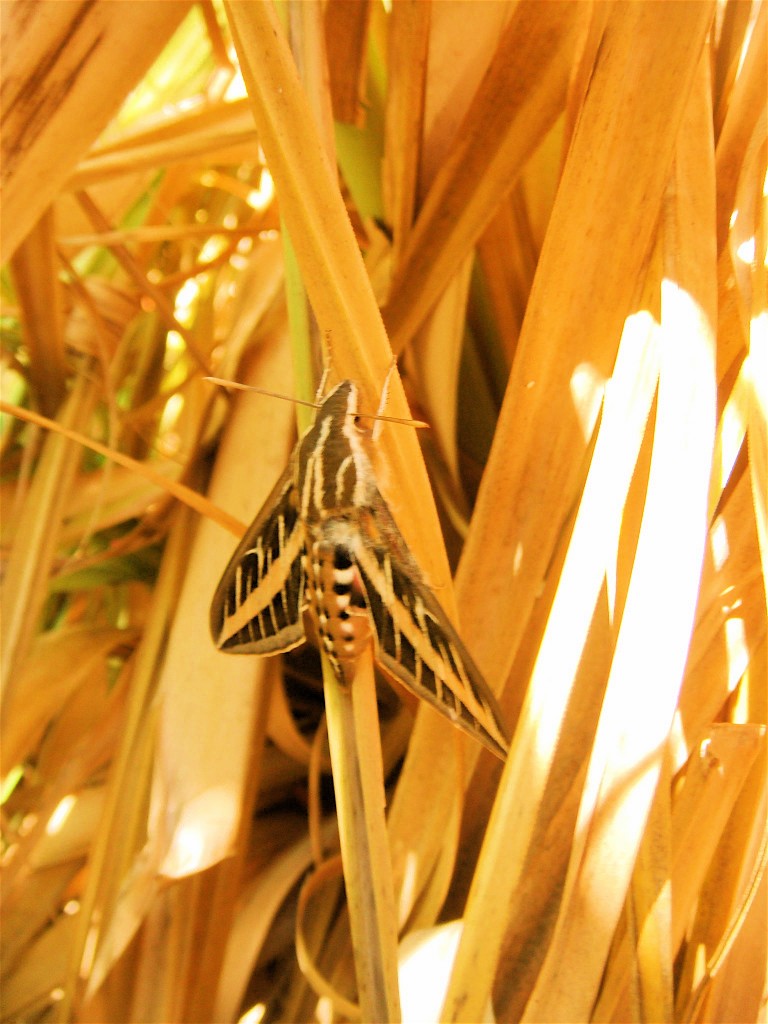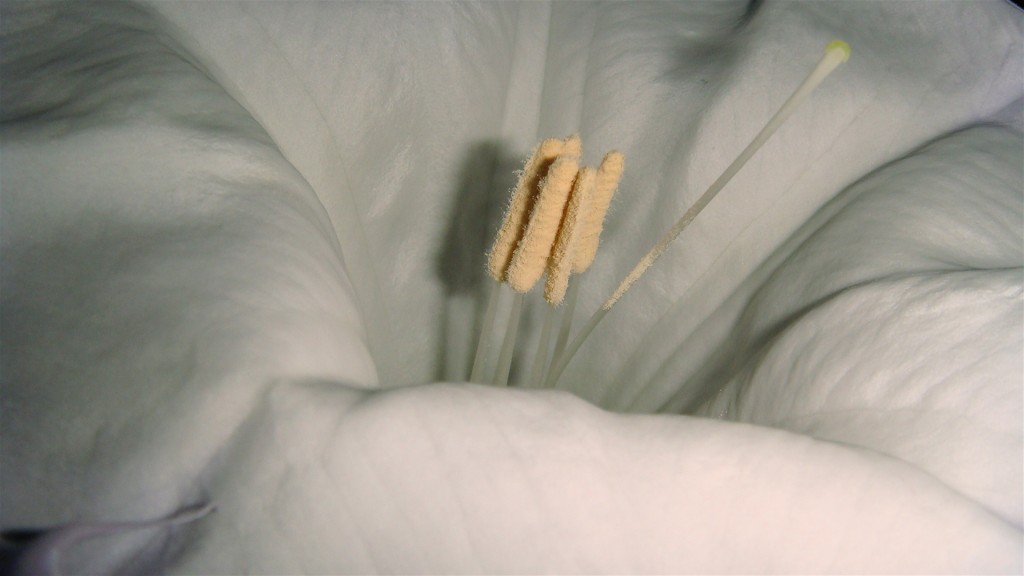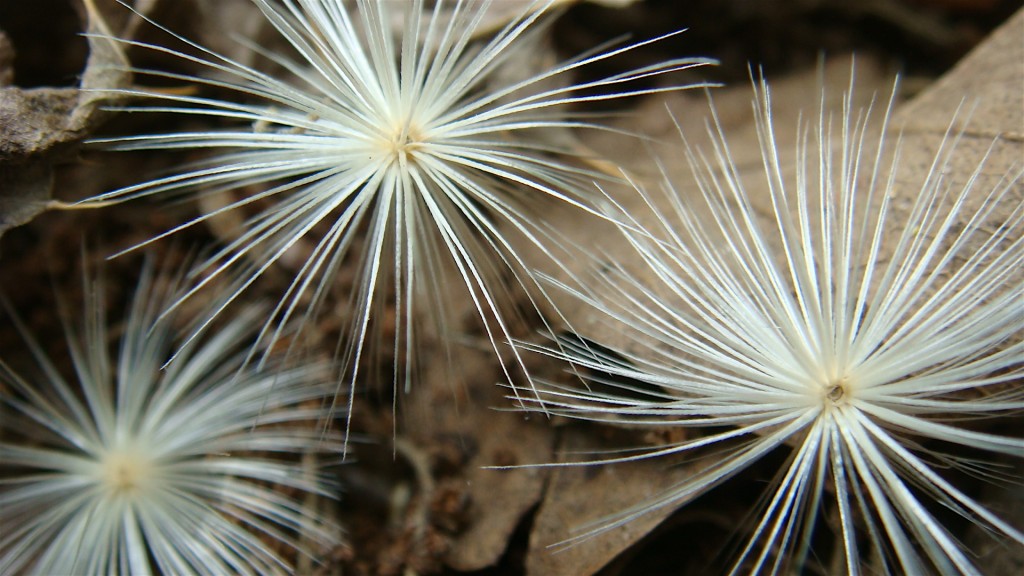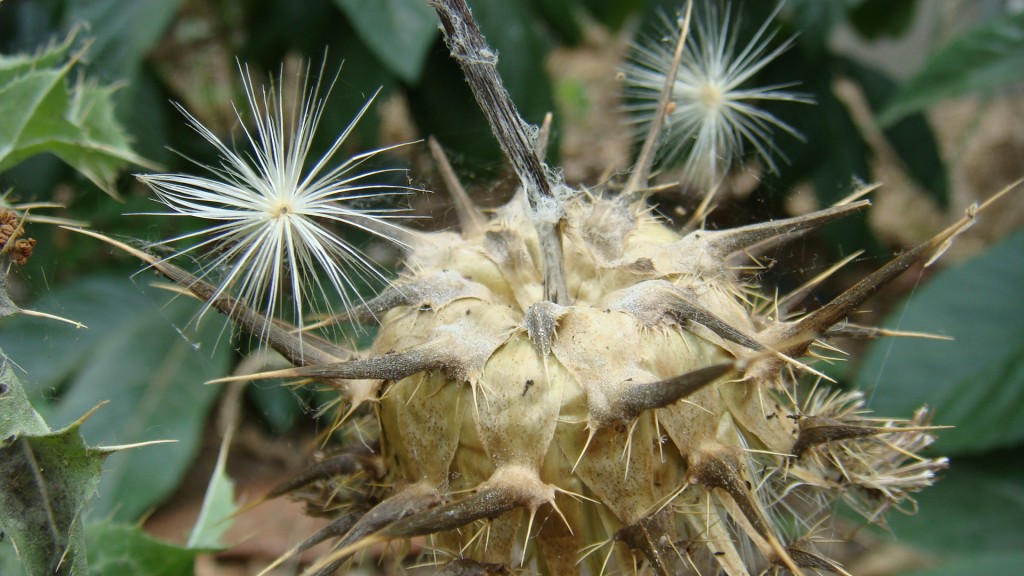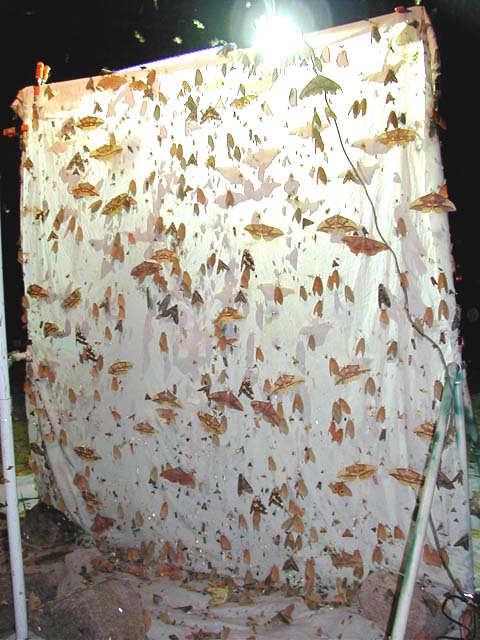
I bet you are thinking…the great pyramids? Egypt? Dry dusty desert conditions? Uh oh, he is going to moan once again to us about the Texas heat once again, once again..zzz?

“How is that papyrus transplant I gave you doing in your stock tank ESP?”
“Well to be honest Cleo, it is making a slower recovery than normal for this time of year, it must have been the hard winter”.
But you would be wrong, no moaning, no iced turbans, not this time…this post is about the Sphinx.
I have waited in anticipation after reading the recent Grackle post http://the-grackle.blogspot.com/2010/05/veggies-tomato-monsters.html for the chance of witnessing one of these…
 “Be careful what you wissh forrrr EESSPPP”
“Be careful what you wissh forrrr EESSPPP”
(Brrr!) Where did that come from?
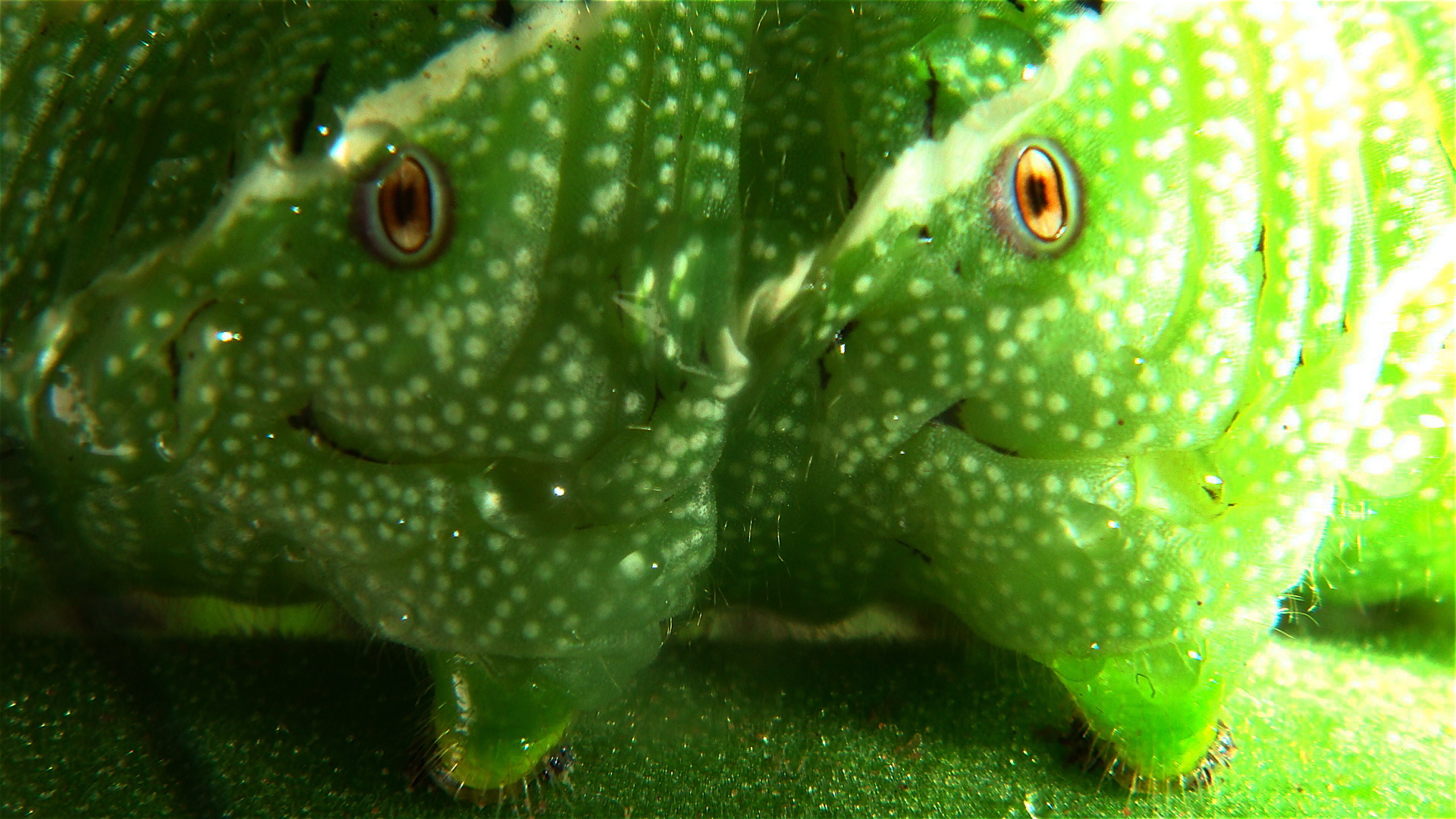
Whoaaaa! And today I witnessed two monsters. I can see how this may confuse a predator, or at least make them crack up laughing!
The Men in Black should be hunting this thing down. Look at this “I want some more candy” face! It should be in a Jim Henson movie.

“Get it off me, for the love of God, get it off m….arrrgghh”
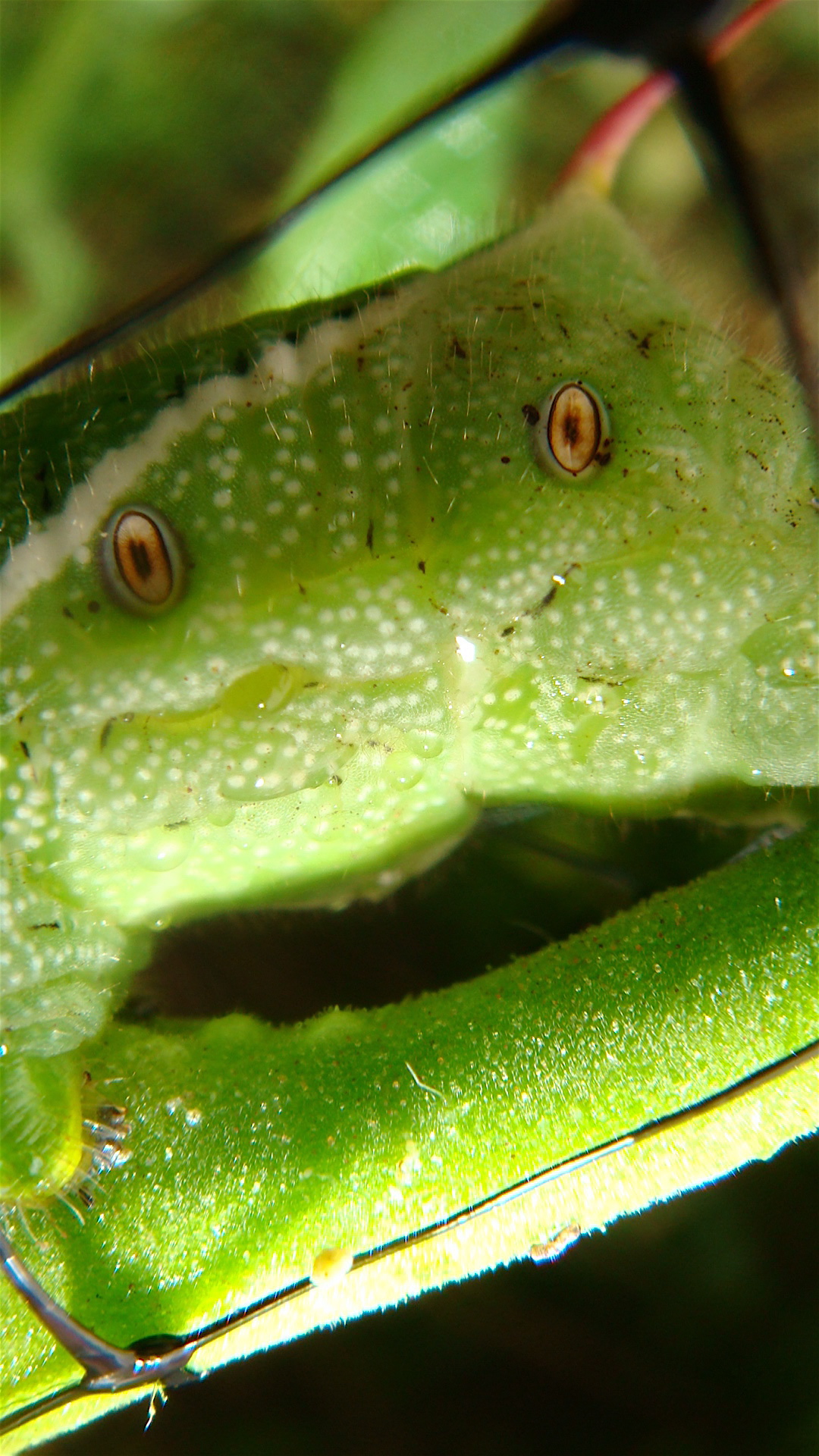
“Gasp…Captain!…You did say it was your mission to seek out strange new life and new civilizations did you not?”
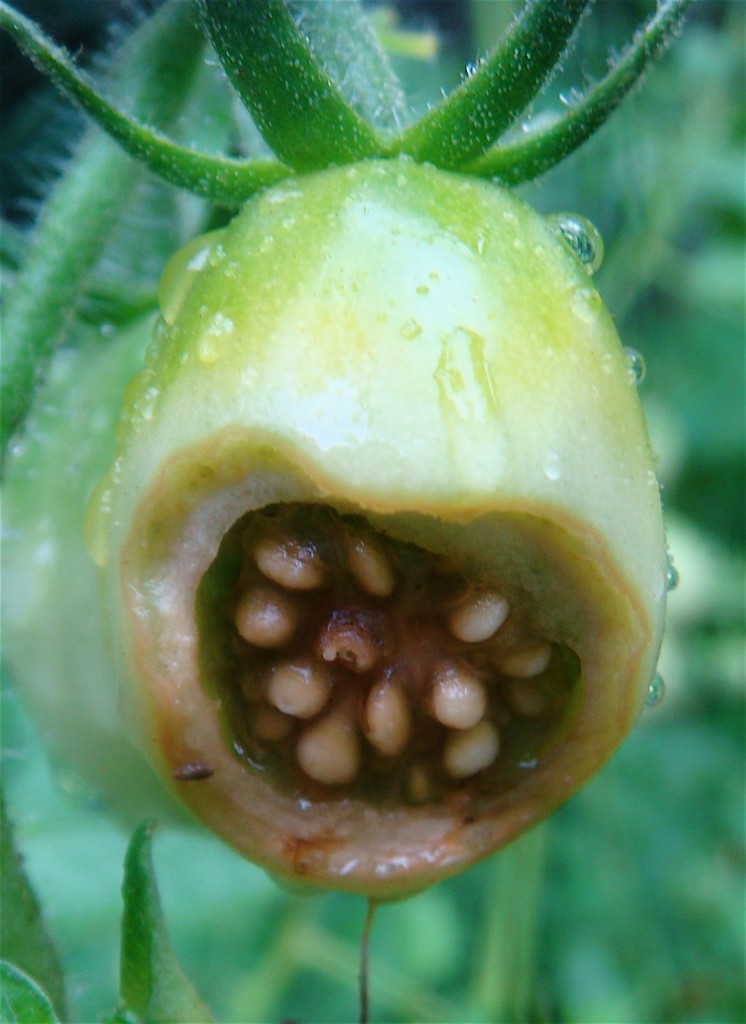
“look at what it has done to me? I am hideous, my face, that…thing, ate my beautiful face!”
I believe in my last post I said something to the effect of:
“I have a pretty decent crop of tomatoes”…as we all know you should never ever say this out loud. Almost as soon as the words exited my keyboard my tomatoes immediately went under siege.
It appears that every insect now has a one-track mind; to eat my tomatoes.
Lots of these…
…and then there is the creature responsible for this:
You could go your whole life without having to witness this image I know.
I noticed these large bales of nastiness, strewn all over my tomato plant foliage? What manner of rhino was depositing such filth! I followed the piles, retching in an animated Jim Carrey fashion. Oh, and sepia does take the edge off this image, trust me…subtle right eye flicker. Whatever had eaten the faces off my tomatoes had also it seems, a very healthy digestive system.
I did not see it at first, it looked exactly like the stem of the plant, then I came eye to eye(s) with the beast, literally, it’s teeth gnashing away on a tomato leaf next to me like the disturbing “chatterer” from Hell Raiser. It paused briefly to rear its head to look at me, as if to say “Ya, vat is d’ matter?” …(every caterpillar sounds like Heimlich, the always hungry German-accented caterpillar to me now, after watching the Bug’s Life movie).
“Vat? I VILL be a beautiful sphinx moth one day, you’ll see”!
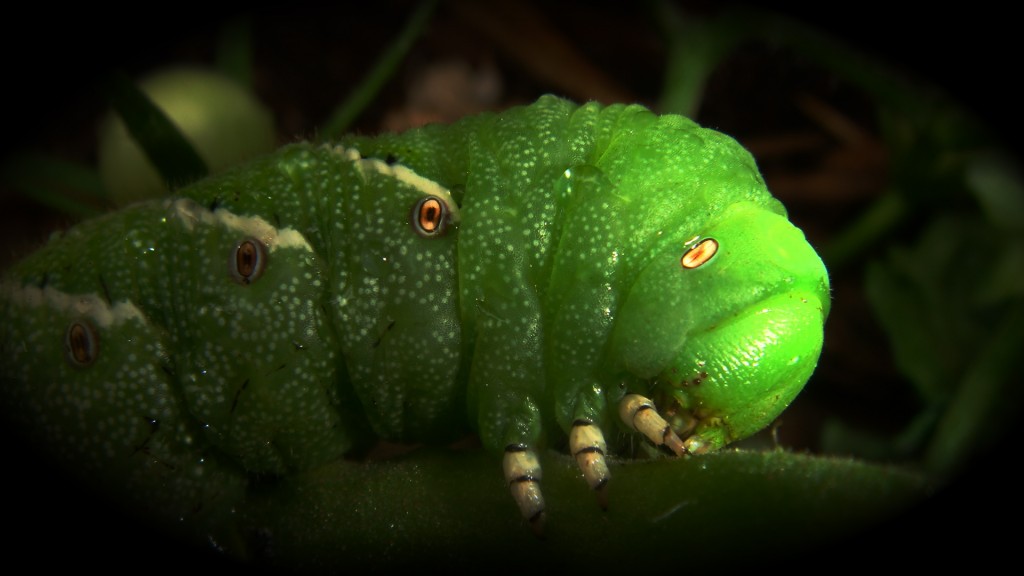 These plump creatures of course turn into:
These plump creatures of course turn into:
Sphingidae
Sphingidae is a family of moths more commonly known as hawk moths, sphinx moths and hornworms, oh yes these worms come from magnificent parents…
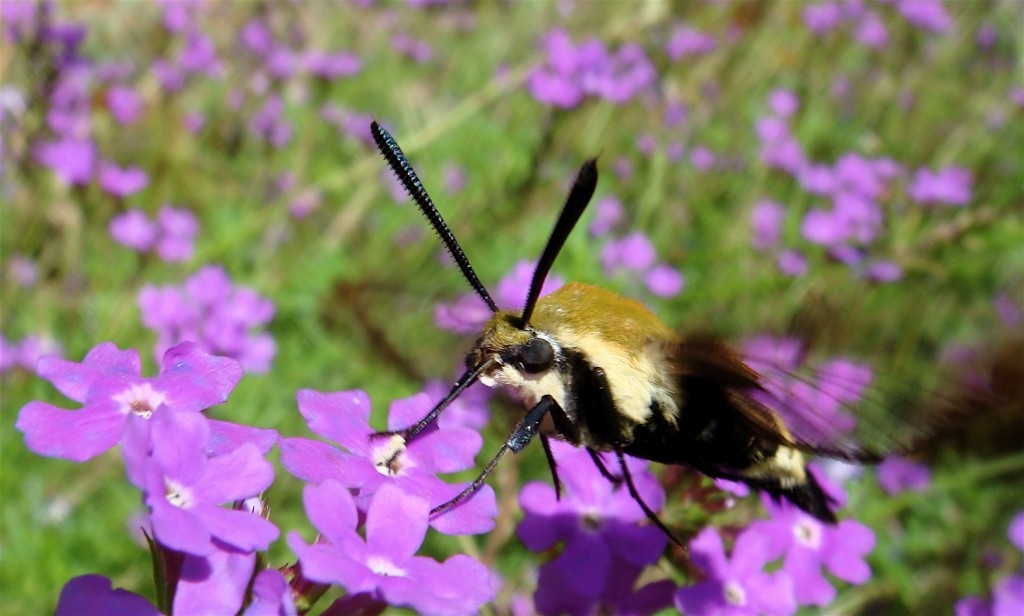
Here is one I caught a couple of weeks back in the Patch, they are verbena junkies!
They are called sphinx moths as the larvae tend, when resting, to hold their legs off the surface they are on, whilst tucking its head up underneath itself, resembling the ancient Egyptian Sphinx.
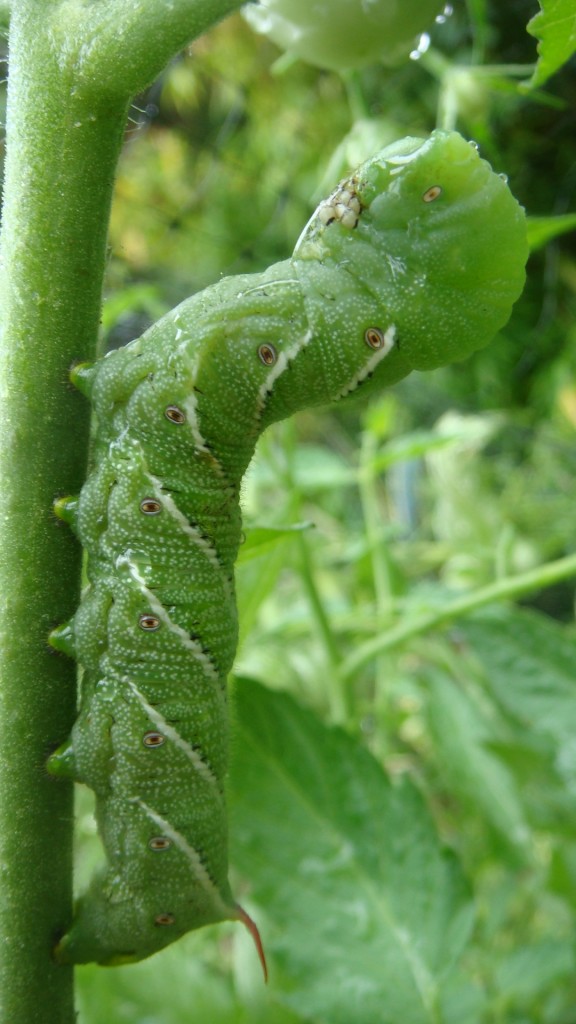

By chance this one even has a Giza pyramid leaf as a backdrop!
In this Larvae stage it is known as
Manduca sexta
or more commonly known as a the tobacco hornworm, it is closely related to and often confused with the very similar tomato hornworm (Manduca quinquemaculata) However, the Tomato Hornworm has a black “horn,” while the Tobacco Hornworm bears a red one.
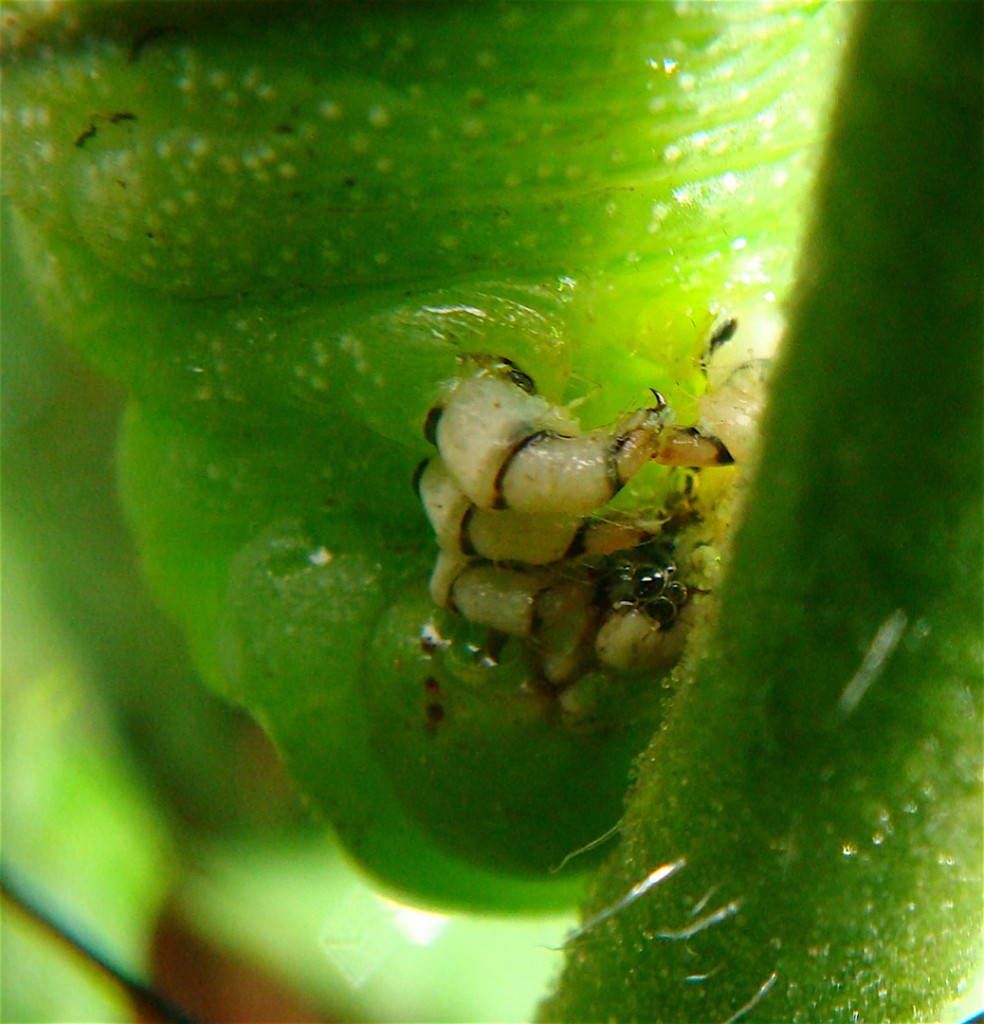
Here is a closeup of the hornworm’s bubbly busy little mouth that will quickly devour a tomato plant. I found two huge worms today. I cut my plants toward the top and put them both in a bucket with quite a bit of foliage and a few fallen and already damaged tomatoes. One of the hobbits had grown quite attached to these worms…we carried them well away from my tomatoes, hoping they will have enough foliage to develop into the adult moths we all love. I will be keeping a close eye on this bucket that is now hidden from birds view in a large clump of cast iron plants. I have a horrible feeling that they may just embark on the rather long and treacherous voyage back to my plants.
The next morning we all made our way to the bucket only to find this, mountains of excrement and whole tomatoes? Wait, whole tomatoes? Apparently only the finest tomatoes on the vine are good enough for these hungry green connoisseurs.
Moving on…
We have gone from cooling misters and hot temperatures…
to a solid drenching this week in central Texas.
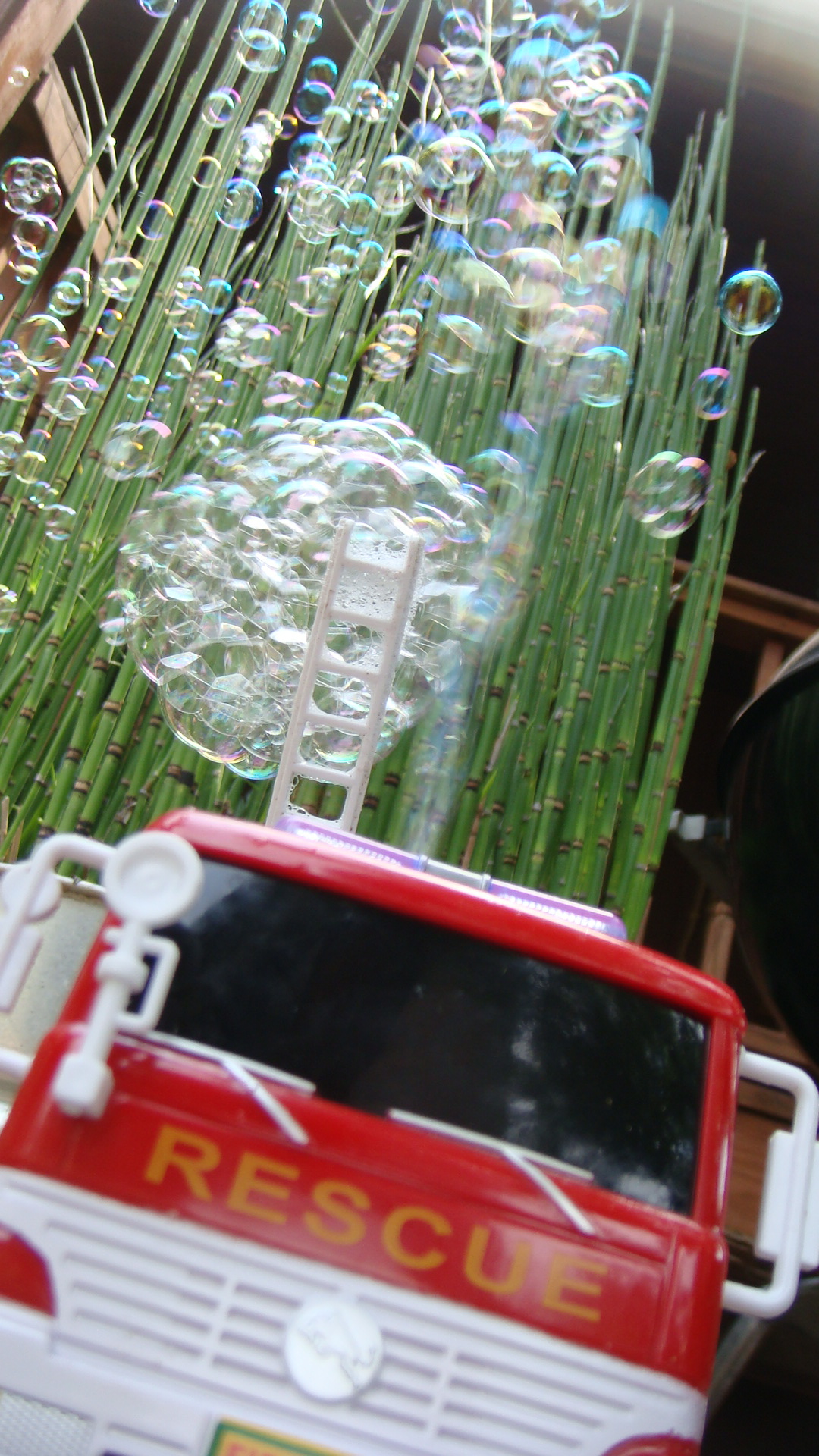 So much rain in fact we had to call the emergency services out to rescue an anole stranded in this waterlogged horsetail reed container…
So much rain in fact we had to call the emergency services out to rescue an anole stranded in this waterlogged horsetail reed container…
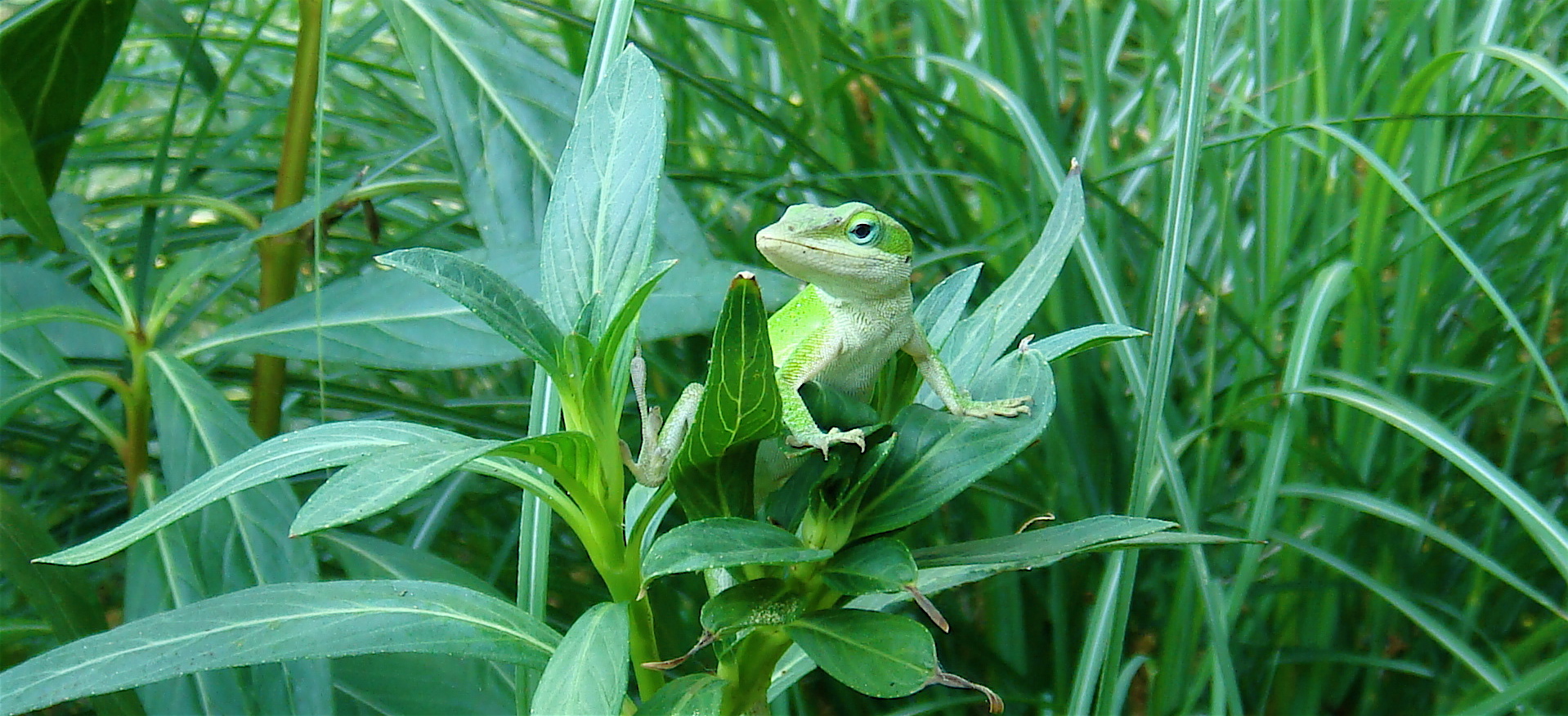
He seemed as grateful as a small lizard can be to be on dry ground.

Finally…
No Egyptian post would be complete without lots of gold.
This new dwarf miscanthus seed-head getting hit with the midday sun would make a great offering to a Pharaoh, especially one with an affinity for golden ornamental grasses?
Talking of grasses – I will leave you with this snippet of a breeze wafting through the ESPatch…it stars, yes, you guessed it…
Stay Tuned for:
“The Visitors”
All material © 2010 for eastsidepatch. Unauthorized
intergalactic reproduction strictly prohibited, and
punishable by late (and extremely unpleasant)
14th century planet Earth techniques.


